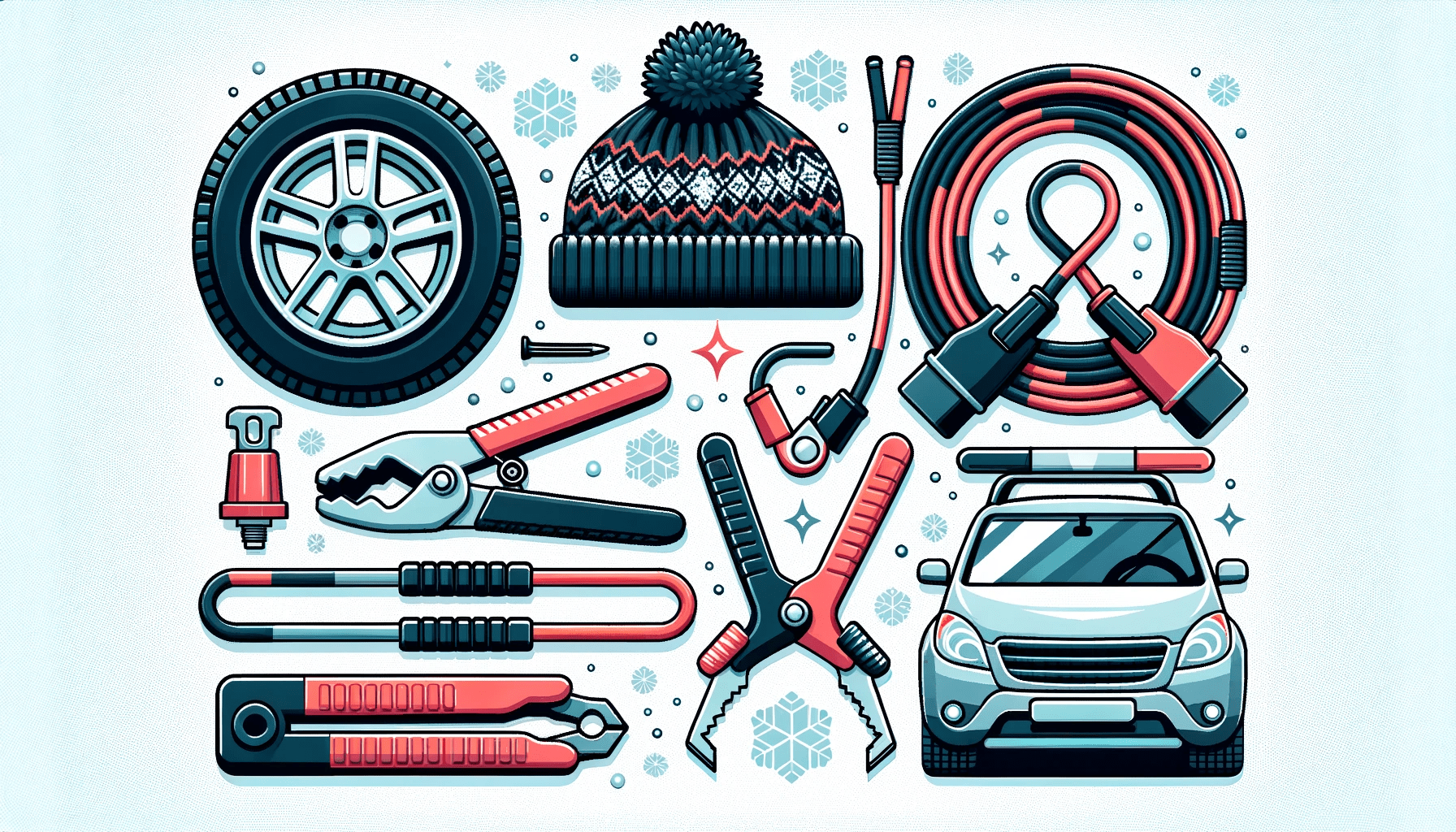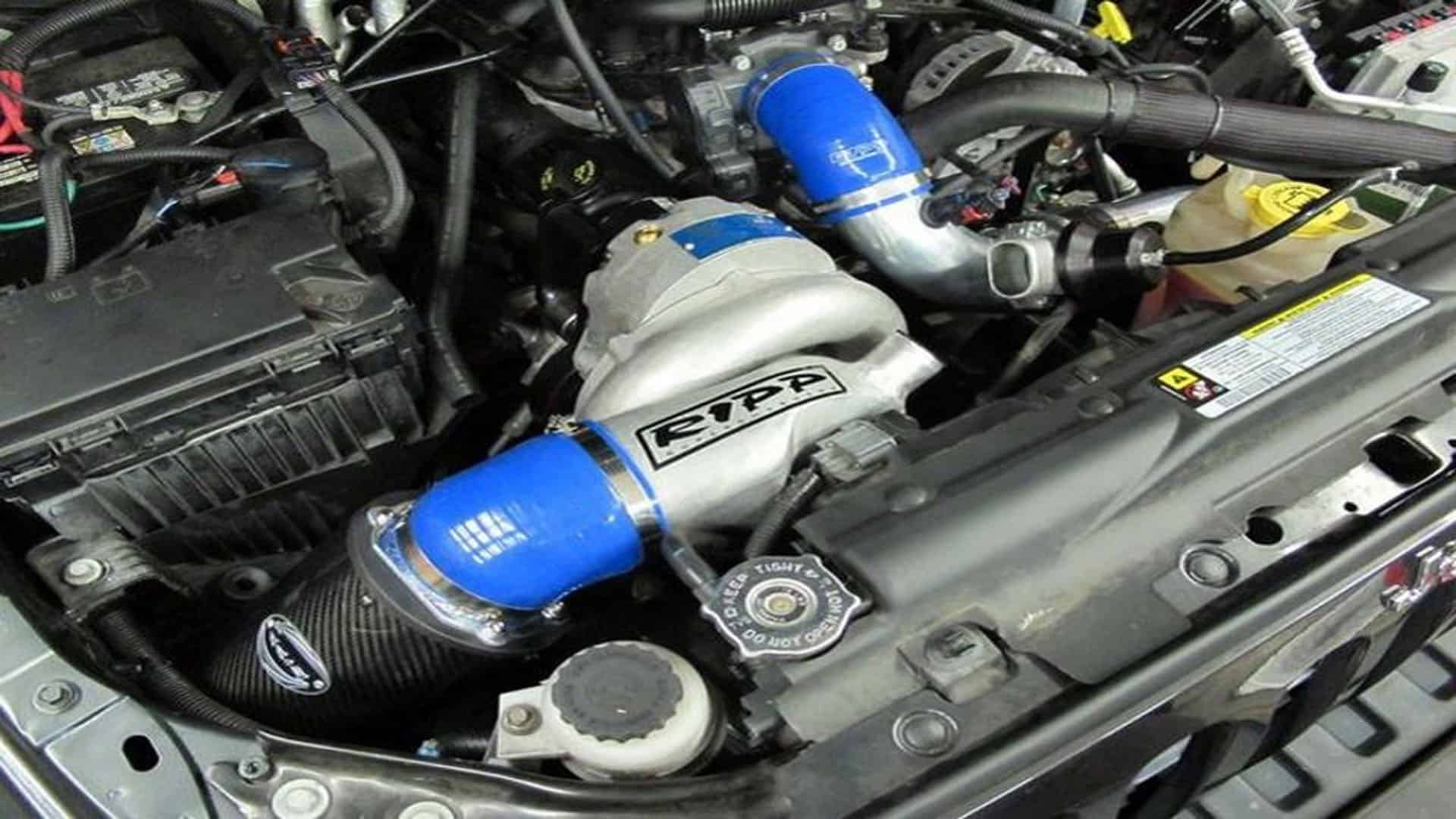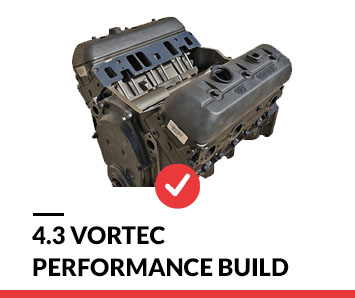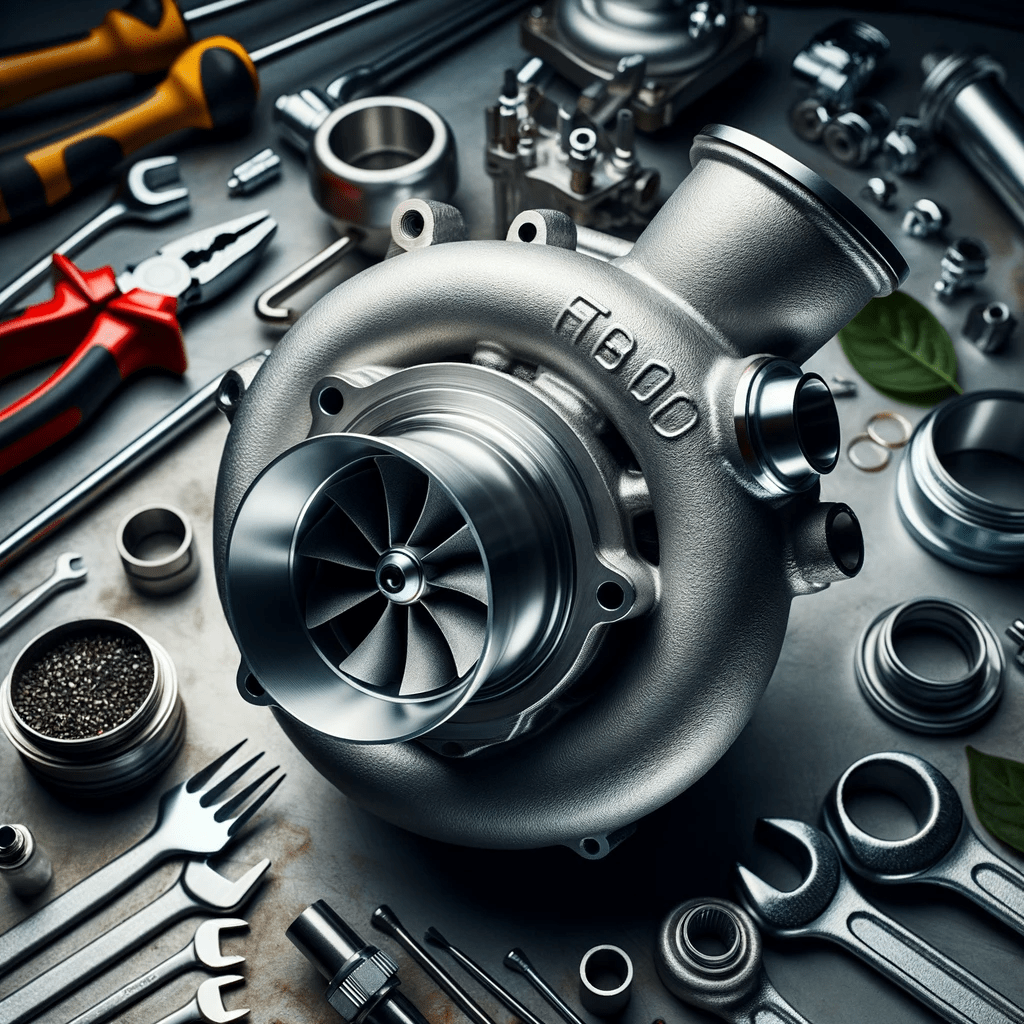The cold winter months can be rough on your car. Preparing your vehicle properly before winter hits can help avoid breakdowns, wear, and safety issues during cold weather driving. Use this comprehensive winter car preparation checklist to get your vehicle ready for the winter season. Performing these preventative maintenance steps now will pay off all winter long. Let’s see the winterizing vehicle checklist!!

Check and Change Fluids
Fluids are the lifeblood of your vehicle. Make sure they are fresh and have the ability to flow properly in cold temperatures:
Engine Oil – Old contaminated oil can thicken up when cold. Change oil and switch to low-viscosity winter grade if recommended. This allows the oil to flow quickly on start up.
Coolant – Make sure the antifreeze coolant is fresh and has the proper water/coolant mix to handle minimum winter temps in your area. Test coolant strength and top up if needed.
Brake Fluid – Moisture buildup in brake fluid causes a spongy pedal feel. Flush the system and replace fluid with fresh DOT 4 brake fluid.
Windshield Washer Fluid – Fill the reservoir with winter formula washer fluid that won’t freeze. This allows cleaning icy windshields.
Inspect Battery and Cables
A weak battery is a leading cause of winter breakdowns. Take steps to ensure maximum charging power:
- Load test battery and recharge if voltage is low. Cold saps battery capacity.
- Clean corrosion on battery terminals and cable ends with a wire brush. Tight connections are critical.
- Ensure cable connections at terminals are tight and cannot be wiggled loose.
A fresh fully charged battery with clean connections provides the robust starting power needed on cold winter mornings.
Install High Quality Winter Tires
All-season tires become unsafe rock hard in winter temperatures. Install a set of dedicated winter/snow tires for traction on snow and ice:
- Check winter tire tread depth – at least 5/32 inch for snow traction.
- Examine tire sidewalls for cracking and bulges indicating worn out rubber.
- Set winter tire pressure for maximum winter surface contact. Reduce pressure a few PSI from the summer setting.
The deeper tread and specialized rubber compound give you the grip needed to stop and steer in snowy conditions.
Winterize car checklist: Inspect Brakes
Make sure brakes are in top shape before slippery conditions arrive:
- Check brake pads and rotors for excessive wear or grooving. Replace any that are close to the end of service life.
- Lubricate brake caliper pins and slides with silicone paste to prevent sticking that can cause unequal braking.
- Flush out old brake fluid and refill with fresh DOT 4 fluid. Moisture-contaminated fluid boils at lower temperatures.
Properly functioning brakes are crucial for slowing and stopping in poor winter traction. Don’t put it off.
Verify Lights and Signals Work
Being visible to other vehicles takes on increased importance with fewer daylight hours.
- Check all exterior lights including headlights, brake lights, turn signals, emergency flashers, and license plate lights. Replace any burnt out bulbs.
- Make sure lenses are free of road salt, dirt, and snow buildup which can block beam projection. Clean them off.
Working lighting reduces the chance of accidents in low visibility conditions.
Clean and Protect Exterior Surfaces

Road salt, sand, snow, and ice wreak havoc on exterior surfaces all winter. Provide protection in advance:
- Hand wash the body to remove damaging dirt and grime before it’s buried under snow and salt.
- Wax the paint to provide a sacrificial barrier against salt and chemical corrosion.
- Coat the undercarriage with rustproofing to prevent premature decay.
- Lubricate weatherstripping on doors and windows to prevent freezing in place.
- Touch up paint chips and scratches to prevent flaking under the stress of winter precipitation.
Proper cleaning and protection now locks out decay and saves you from a rusty, chemical-etched vehicle come spring thaw.
Verify Defrost System Works
A clear windshield free of fog, snow, and ice is mandatory for safe driving visibility.
- With engine warm, confirm windshield defroster vents provide hot air to clear glass.
- Examine wiper blades for cracking and distortion from summer heat. Replace any that are worn out or won’t sit flush to the windshield.
- Fill windshield washer reservoir with winter fluid and test sprayers. Strong pressure flushes away salt grime.
Make sure you have a functional defrost system before snowfall starts sticking to the windshield.
Winterizing vehicle checklist: Prepare Emergency Supplies
Even with preparation, winter driving always carries extra risks. Load up critical emergency gear:
- Ice scraper and snow brush for clearing off your frozen vehicle.
- Jumper cables to jump-start or help others with dead batteries.
- Bags of sand or kitty litter for traction under stuck tires.

- First aid kit, flashlight, and blankets in case you get stranded.
- Extra warm gloves, boots, hats, and layers in the event you need to leave the vehicle.
![]()
Having emergency equipment on hand provides safety and peace of mind during harsh winter conditions. Don’t get caught without it!
Preparing your car for winter checklist: Conclusion
Driving in cold months means dealing with snow, sleet, ice, and salt which are harsh on you and your vehicle. Following this comprehensive winter preparation checklist helps avoid breakdowns and gives you the best chance of safe winter driving.
The time invested in fluid changes, winter tires, surface protection, and emergency gear provides insurance against the headaches and hazards of winter weather breakdowns. Don’t put off this crucial seasonal maintenance – winterize your vehicle now according to the checklist so your car is ready to take on the cold.






